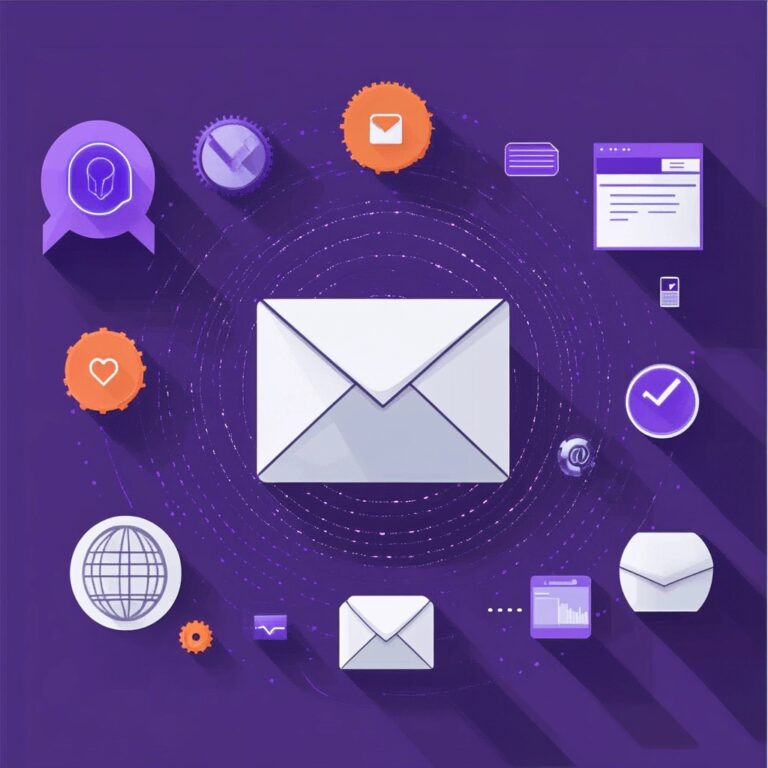How Will Intent Data Affect Marketing in 2020?

We have learned as an industry that more data does not always equal more results. Now that we know, what do we do from here? Where simply collecting data may lead to strategic confusion, putting an intent on the collection, and the organization of data has seen marvelous results.
Our MVP buzzword of 2020 may be “intent data.” We are seeing massive growth in the demand for this kind of data. Let’s take a look at why.
What Caused the Rise of Intent Data
Since its inception, intent data has given marketers the ability to recognize in-market, highly responsive audiences without guessing from the gut or overspending on expensive trial-and-error multivariate campaigns. When a company focuses its efforts on the prospects with a demonstrated behavioral intent toward a purchase, at the moment when there is an indicated intent, it gets rid of the marketplace noise that creates spammy data pollution across the internet.
As a result, the use of intent data is rising. In 2018, only about a quarter of B2B companies were taking advantage of intent data — however, 35% of companies expected to use it within the next year. As more case studies come out showcasing positive results, we can expect this percentage to rise.
Getting Intimate With Prospects
Intent data provides perhaps the best way to get close to high-quality prospects quickly. Rather than feeling invasive to these people, however, this intimacy is welcomed. Yes, there are a few my-computer’s-listening-to-me-and-I-don’t-like-it-NSA-Facebook-NSA anecdotes you’ve heard based around conspiracy theories. For the most part, though, the new consumer is quite happy to get the right person, right place, the right time (RRR) messaging.
RRR messaging is the only reason that we see the scale of intent data increasing with time.
Data providers can only invest in expanded site coverage through the investment of marketers in their services. The result is that the number of industries and businesses that intent data covers are getting bigger by the day. The data itself is also becoming more granular as more people begin to trust the accuracy of intent data algorithms.
What Intent Data Means for the Future
So what can we expect from a growing market for intent data in 2020 and beyond? Here are a few ideas.
Touchpoint expansion – Early on, intent data was used online to inform digital ads. This online usage was a less direct and a more costly way of putting a business in front of in-market customers, a technique that has improved vastly. Modern intent data can drill down to the individual contact level. It can also inform communications that are much more direct, including more trusted channels such as phone and email.
Deeper internal integration – Companies that are looking to use an omnichannel approach can now use intent data across departments for deeper insights. Intent data is not just a marketing tool. It can connect all departments, most importantly, the sometimes tricky relationship between marketing and sales.
More speed – The ability to act on a successful marketing campaign quickly is perhaps the most significant competitive advantage that a company can have. Intent data is at the head of tools that help companies turn insights into action fast. It is one thing to gain a focus on the right audience. It is quite another to be able to respond appropriately to the needs of those consumers once they react to your marketing efforts.
Getting to the point – 60% of buyers will go to as many as three websites before coming to check out your offerings. They will also conduct as many as 12 searches before even fully engaging one particular brand. Gathering intent data from this trail informs you of the buyer’s journey, which is one advantage. However, the more important benefit is to provide that prospect with the information that can shorten that journey and make them stop before they even consider your competition. Doing this can lead to an exponential increase in marketing ROI.
New prospect discovery – Intent data gives companies the ability to form exact buyer profiles. These buyer profiles can then be used to identify new prospects with the same behavior patterns more quickly. They can be more easily targeted or retargeted with the proper ads, while people who have not exhibited the appropriate behavior can be moved into a lower priority engagement profile. Not only does this help businesses create better relationships with prospects, but it also improves marketing ROI.
To help kick-off your 2020 and take advantage of the data that you’ve worked so hard to collect over the years, connect your e-Commerce platform to DataQ and take advantage of our FREE 14-day trial.
By connecting your store, you’ll get immediate access to your most important metrics and tried-and-true segments that should help:
- Get a better understanding of your entire store and your customer subsets so that you can unleash RRR messaging.
- Put an end to guessing from the gut and implement a more proactive plan that caters to your target audience’s behaviors.
- Give you and your team scale and better allocate your marketing dollars towards your best-fit customers.
Watch the video below to find out how you can connect your shopping cart.
Regardless of your overall marketing strategy, one thing is for sure — you will likely need intent data to future-proof your marketing in 2020 and beyond. Make sure that you fully understand the implications of what this means for your company and your competition.
Our Editorial Standards
Reviewed for Accuracy
Every piece is fact-checked for precision.
Up-to-Date Research
We reflect the latest trends and insights.
Credible References
Backed by trusted industry sources.
Actionable & Insight-Driven
Strategic takeaways for real results.





